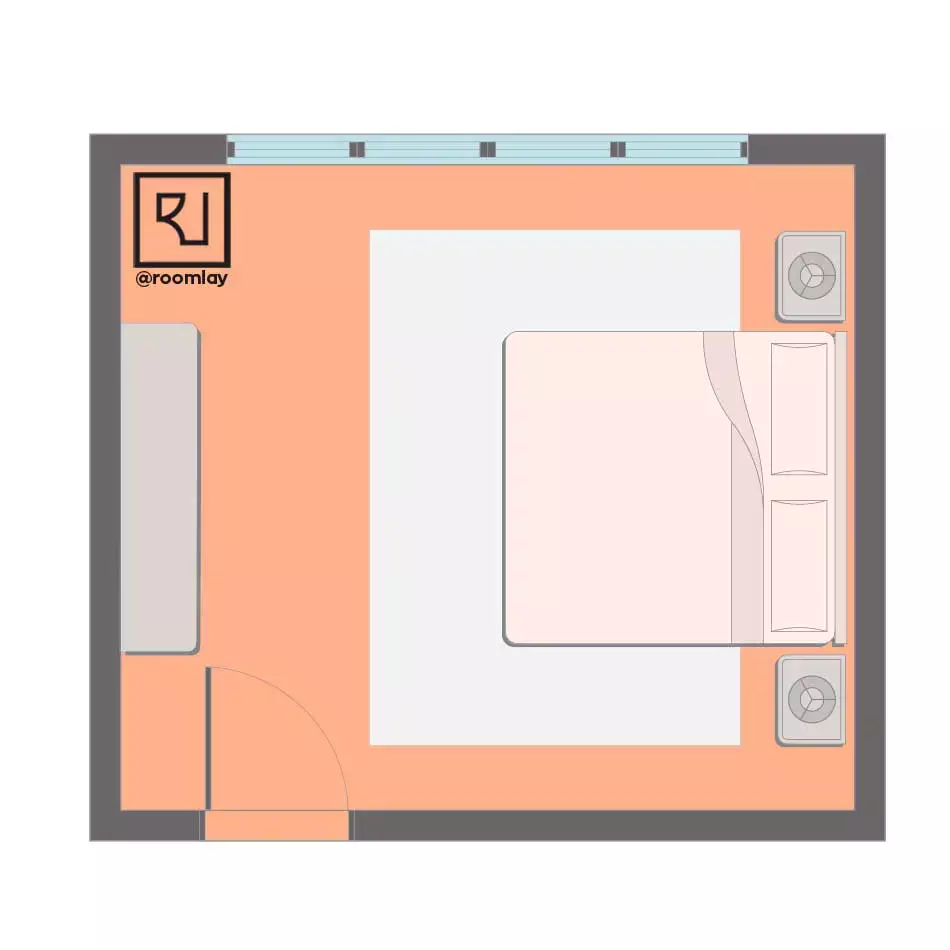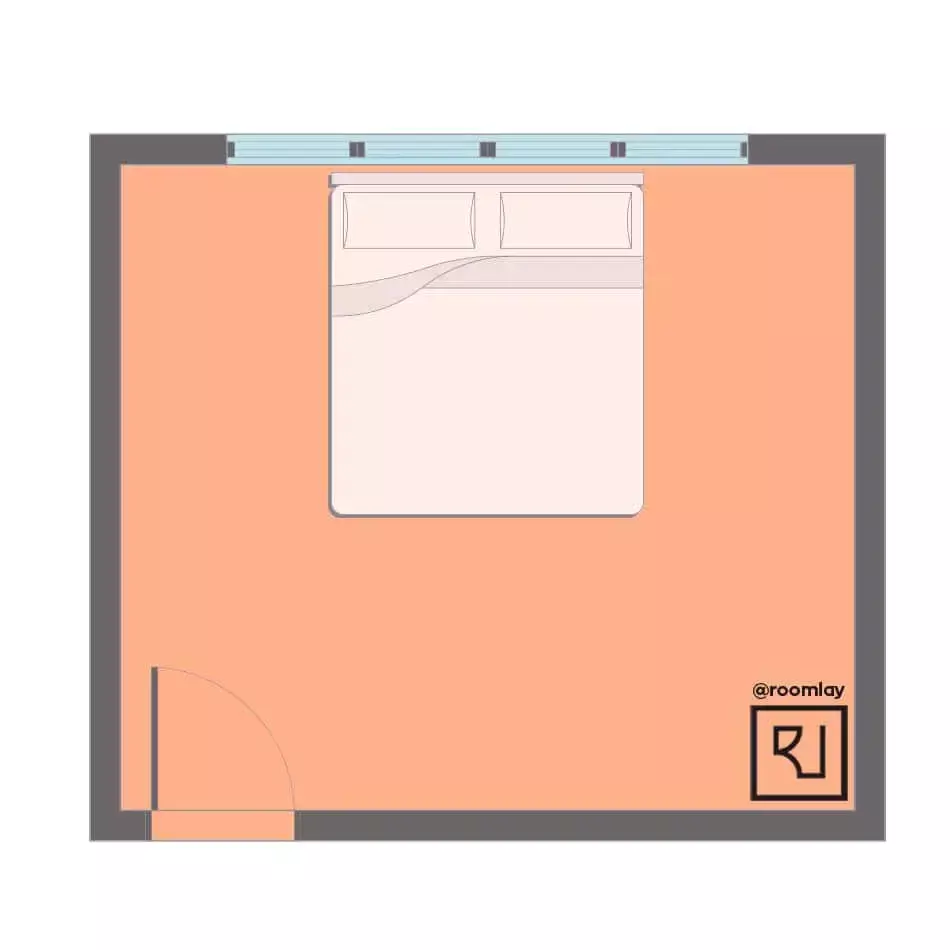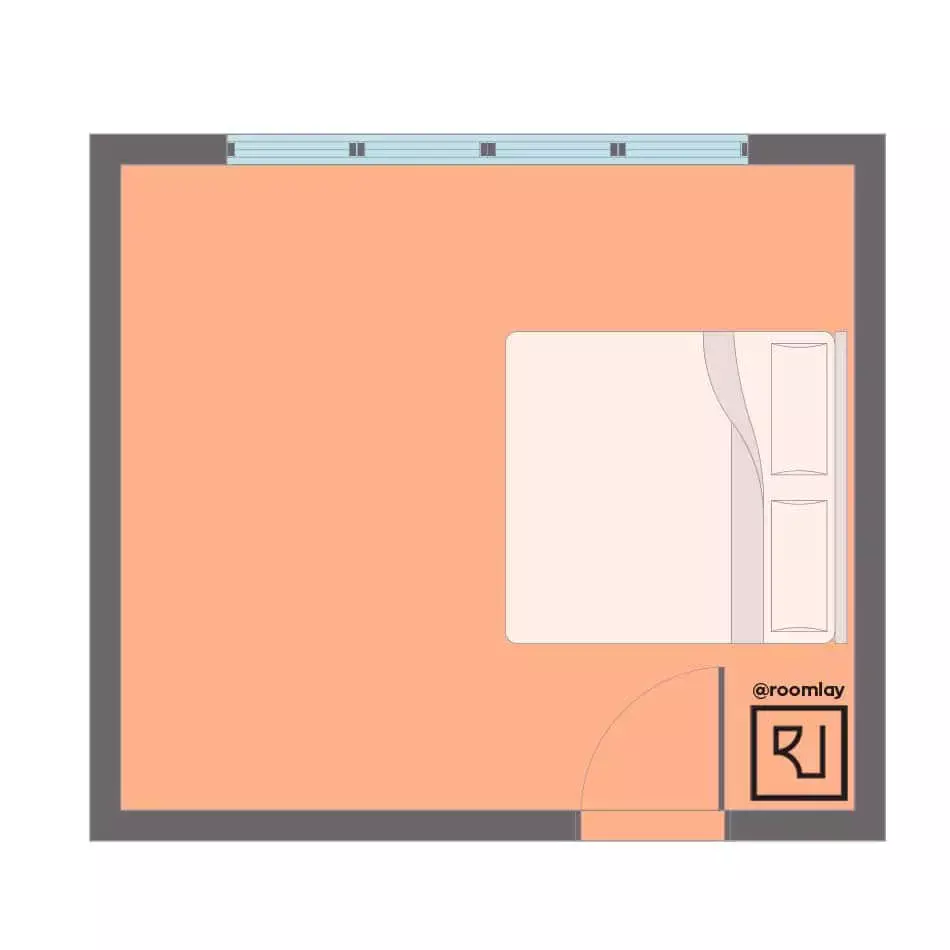Your bedroom is a sanctuary, a place where you can unwind and recharge after a long day. To ensure your bedroom radiates peace and relaxation, consider creating a feng shui bedroom layout with the right bed placement. In this article, we will explore the best and worst feng shui bedroom layouts, as well as the rules to follow for optimal energy flow.
What is Feng Shui?
Feng shui is an ancient Chinese practice that aims to create balance and harmony in your environment. By harnessing the energy forces of nature, feng shui helps you align with your surroundings. The practice encompasses the five elements of nature, including earth, fire, wood, metal, and water. When applied to your bedroom, feng shui can create a tranquil and peaceful atmosphere.
Creating Feng Shui in Your Bedroom
Having the proper feng shui in your bedroom can enhance various aspects of your life, such as romance, health, and overall mood. However, there are specific feng shui bedroom rules to keep in mind to avoid creating negative energy. Let's explore them:
1- Solid Headboard:
Ensure your bed has a wooden or upholstered headboard. This solid but gentle feature creates positive energy and provides support and protection for your body as it restores energy. If your bed doesn't have a headboard, you can easily create one using wood panels attached to the wall behind your bed.
2- Supportive Mattress:
A restful environment starts with a comfortable mattress. Invest in a supportive mattress that allows for a rejuvenating sleep experience. Avoid using a used mattress as it may carry negative energy from its previous owner, which can disrupt feng shui.
3- Good Height:
The height of your bed is essential in feng shui. If your bed is too low to the ground, consider using risers to elevate it. However, beds with underneath storage are not recommended as they can hinder the circulation of positive energy around your bed while you sleep.
4- Bed Placement and Direction:
When arranging your bed according to feng shui principles, position it as far away from the door as possible. Ideally, place the bed diagonally rather than directly in line with the door or any other bedroom doors. This arrangement allows you to have a view of the door without feeling startled by any movement outside your bedroom.
5- Avoid Distractions:
It's best to keep your home office separate from your bedroom to create a productive and distraction-free environment. When placing your bed, ensure it is away from distractions such as TVs and electronic devices. If separating them is not possible, consider investing in a TV cabinet with doors or a Chinese screen to keep these items out of sight.
6- Remember Your Energy:
While it may seem contradictory to other feng shui bedroom rules, consider your Kua number when determining the placement of your bed. For example, if your Kua number is eight, place your bed in the western area of the bedroom. Finding the right area is crucial for channeling your energy effectively.
Now that we've explored the guidelines for creating a feng shui bedroom, let's delve into the best and worst feng shui bedroom layouts.
Best Feng Shui Bedroom Layout
Here are three examples of the best feng shui bedroom layouts:
Layout #1: Commanding Position
 Photo Credit: 2Modern
Photo Credit: 2Modern
Position your bed diagonally from the door, with a solid wall behind the headboard. Create grounding energy by placing a nightstand on either side of the bed and an area rug underneath. To balance the energy in your bedroom, add a large piece of furniture, such as an armoire or dresser, against the wall closest to the foot of the bed.
Layout #2: Door to the Side

For this layout, position your bed as far away from the door as possible, with the door to the side. Like the first layout, create grounding energy on both sides and under the bed. Balance the energy by incorporating nightstands and a large piece of furniture, forming a triangle visual.
Layout #3: Bed Near Door

In this layout, place your bed on a nearby or the same wall as the door, leaving ample space between the bed and the door. Achieve a balanced grounding energy with nightstands on both sides and a rug underneath the bed. If space permits, add a second nightstand between the bed and the door.
Worst Feng Shui Bedroom Layout
To avoid the worst feng shui bedroom layouts, steer clear of the following arrangements:
Layout #1: Under the Window

Placing your bed under the window may seem appealing, but it can disrupt the energy flow in your bedroom. Some believe it may result in sad or weak energy. If possible, find an alternative position for your bed. If not, use a tall headboard and window coverings to block out the window at night.
Layout #2: In Line with the Door

Positioning your bed in line with the door allows energy from outside to leak into your bedroom, while your bed's energy escapes. Ideally, place your bed as far away from the door as possible. If moving your bed is not an option, introduce a piece of furniture that promotes positive energy between the bed and the door, such as an upholstered chair with a cozy throw blanket.
Layout #3: Between the Door and Window

This layout combines the negative aspects of the previous two layouts. Placing your bed between the door and window exposes it to an unfavorable energy flow. Opt for a strong and protected spot for your bed to maintain a balanced and harmonious environment.
By following the feng shui bedroom layouts and rules outlined above, you can create an environment that enhances various aspects of your life. Create a peaceful retreat where you can recharge and find tranquility.














